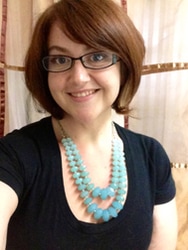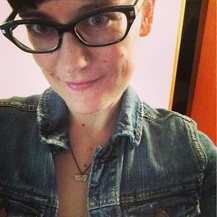
University of South Florida
For this, our last blog post of the 2015-2016 year, University of South Florida sociology professor Dr. Erica Toothman has kindly provided teaching materials from her course on The Sociology of the Body. Excerpts from, and links to, the course syllabus as well as a related student project assignment are included below.
SYA 4930 Sociology of the Body Syllabus:
We don’t usually think of our bodies as social spaces, instead focusing on their chemistry and biology -- the properties that reshape them and keep them alive. However, bodies share a strong, reciprocal relationship with society. Think about it: When does life begin? What rights do parents have over the vaccinating their children? Is fatness detrimental to society? Can a person change their gender? Or even their race? In this reading-and-discussion-based class, students explore how bodies fit (and don’t fit) in society. The course draws from several areas of sociological research, including gender, race, sexuality, aging, disability, social psychology, and health. In this class, we will examine the impact of social structure and institutions shaping bodies (our physical bodies), embodiment (how we experience our bodies), and our perception/reception of bodies from conception through death. We will also take steps to bridge our academic understanding of the body with one of social change or resistance. [Read More]
Sociology of the Body Course Project:
You will be responsible for completing a project synthesizing the information you learn in this course. The final project can be in one of two forms: a research proposal, a formal literature review (ideal for students who are forming an academic paper), or an academic authoethnography. Either option should be about eight-to-ten pages in length and should attend to the relationship between the body and society using academic resources. The goal of this paper is to showcase your mastery of, and critical thinking about, sociological concepts related to the body and embodiment. Your project contains the following parts: [Read More]

 RSS Feed
RSS Feed
